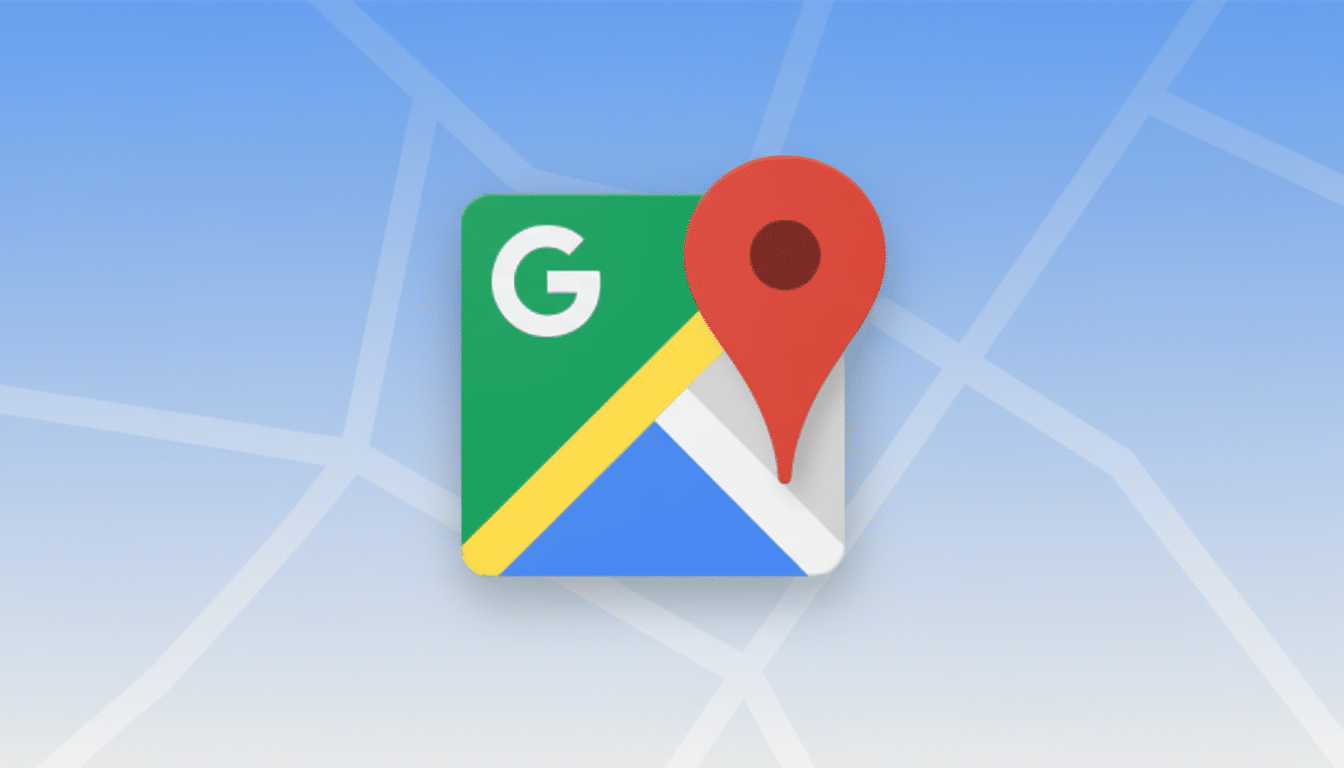Google Maps is seemingly testing a “Prefer shade” feature for walking directions, which suggests the navigation app could soon include an option to use routes with more trees and less heat whenever possible. String changes discovered in an app teardown (version 25.45.02.826664481) include new additions such as Shade, Sun, and a “minutes in sun” estimate; a toggle yet to be switched on was also detected in the Trip Options menu. The control doesn’t work at the moment, but its presence seems to indicate a feature currently under development.
What the app teardown reveals about shade routing
The new strings classify walking segments as Sun or Shade and seem specifically made to show for how long a route could leave you out in the open. Consider it a time-in-sun readout—per path—which Maps will use to automatically offer an alternative set in the trees or under building canopies and awnings as much as it can. At a peak midday, that could be just enough of a nudge.

The toggle landing in Trip Options fits with Google’s ethos of layering nuanced choices—for instance, whether to keep tolls off the list or prefer more environmentally friendly routes—without cluttering the main interface. As with any feature we see in code, there’s no guarantee this ships, and the rollout is sure to be region-, device-, or season-specific.
How Google might find and calculate shaded walking routes
There are a few possible sources of data. Google’s Street View fleet is equipped with LiDAR sensors that can create 3D geometry of buildings and trees, and satellite and aerial imagery can help sharpen canopy detail at scale. Maps could calculate real-time shade projections along sidewalks based upon previously known sun angles for any given date and time.
Previous projects point the way. The Parasol app experimented with shade-aware routing in 2018, using elevation models based on airborne LiDAR data, and Cool Walks in Barcelona is planning shaded paths using municipal LiDAR and tree data. Google already has its own detailed 3D building models and has made urban tree canopy information available via the Environmental Insights Explorer—both resources that would naturally lend themselves to a shade layer.
Machine learning would also presumably be in the mix.
Over the cross-section of an image, a Street View–based segmentation can detect overhangs or vegetation, and via seasonal adjustments it will account for deciduous tree coverage and variations in daylight. The result wouldn’t be flawless at first—microclimates, temporary scaffolding, and construction matter—but the map should get better with feedback loops and fresh imagery.
Why shade-aware walking routes could matter for health
Extreme heat is an increasing public health threat. Health agencies often report that heat ranks among the deadliest hazards throughout the United States, and the World Health Organization associates major heat wave events with significant mortality during peak episodes. Radiant heat and UV exposure are lower in shade, which decreases apparent temperature and sunburn risk during a typical walk.

Urban heat islands add urgency. The U.S. Environmental Protection Agency says that cities can be several degrees warmer than surrounding areas, and tree canopy is one of the most effective mitigations. For people on foot, small amounts of additional shade can make for significantly more pleasant walks—especially in places like Phoenix, Athens, or Delhi, where summertime sidewalks turn into frying pans.
There’s also a behavioral angle. Simple readouts like “8 minutes in sun” could affect route choice much the same way calorie counts shape menu selections. Groups of dermatologists like the American Academy of Dermatology have long suggested finding shade during prime UV hours; a map that bakes in that advice could make decisions about sun safety more automatic.
Not the first, but the widest platform for shade routing
Shade-aware routing is not entirely new, but it has largely existed in niche or city-specific apps. Bringing it to Google Maps would immediately scale the idea globally—Google has said for years that Maps serves more than a billion people a month. Done right, it could add eco-friendly routing and air quality overlays as one more option in a ubiquitous array of “well-being navigation” tools.
The competitive landscape is ripe. Cities are investing in programs to expand tree canopy and adopt plans to adapt to heat, and transportation agencies are starting to measure pedestrian comfort as well as safety. A shade toggle might conform to those policies, even perhaps allowing city planners to see where gaps in shade are driving people into hotter, less walkable streets.
What to watch next as Google tests shaded walking routes
Key signals to look for:
- A limited pilot in heat-prone areas
- A companion layer that shows shaded sidewalks
- Time-of-day sensitivity that alters routes as the sun shifts
- Integration with feedback tools enabling users to flag overly sunny segments or tree-lined detours
Even if it arrives with little fanfare, a “Prefer shade” toggle could meaningfully reshape how people walk in summer the way cycling-optimized routes have transformed urban biking. It’s an unexpectedly human touch in digital navigation: not only the fastest route, but also the one that keeps you cooler, less sunburned, and less injured.

